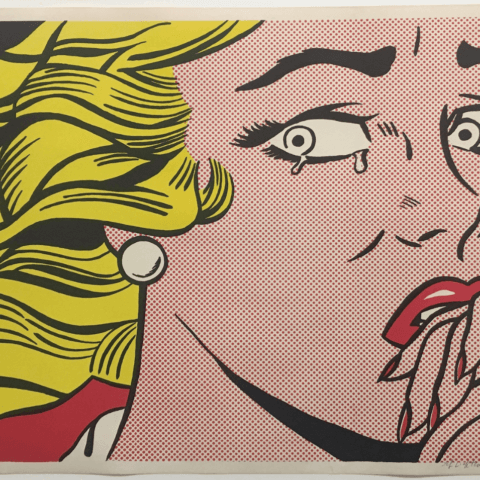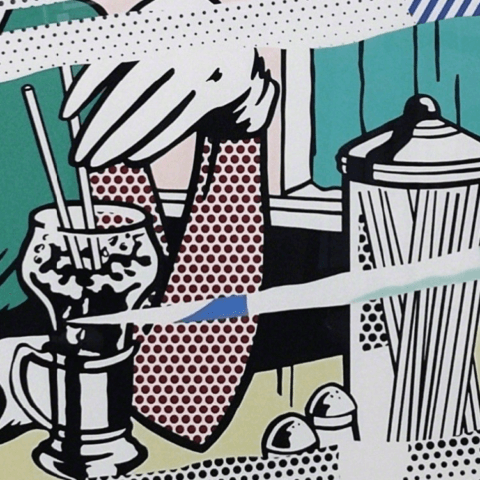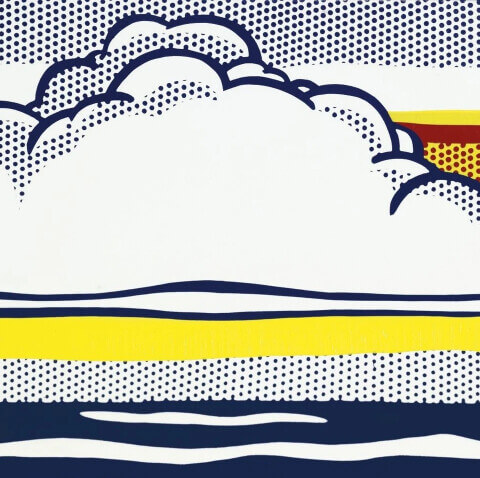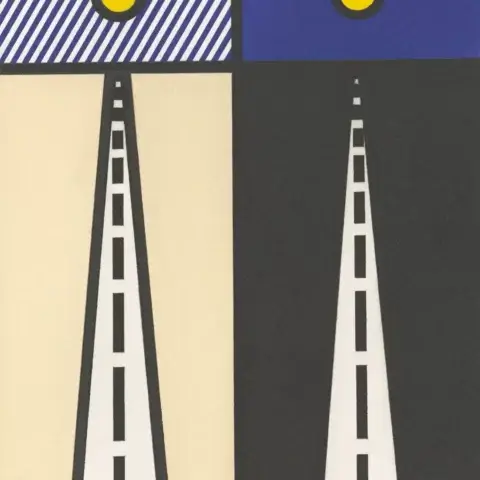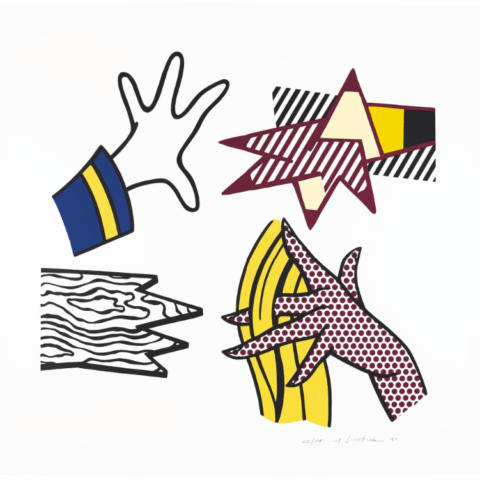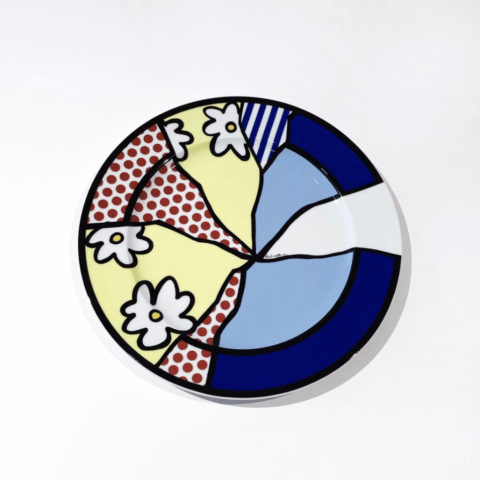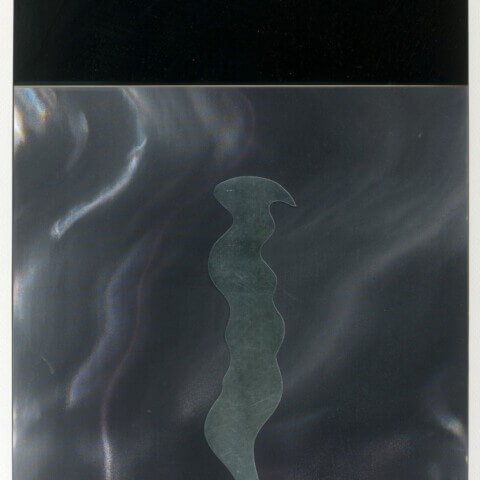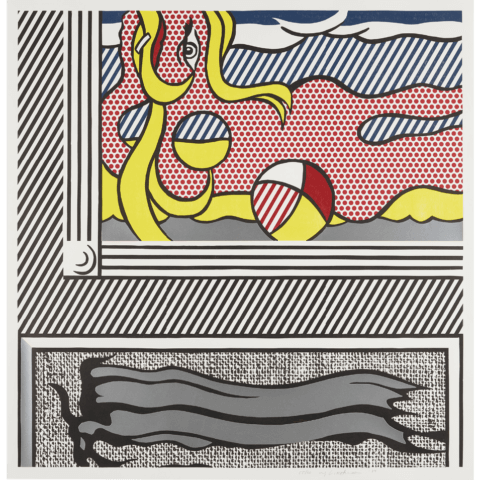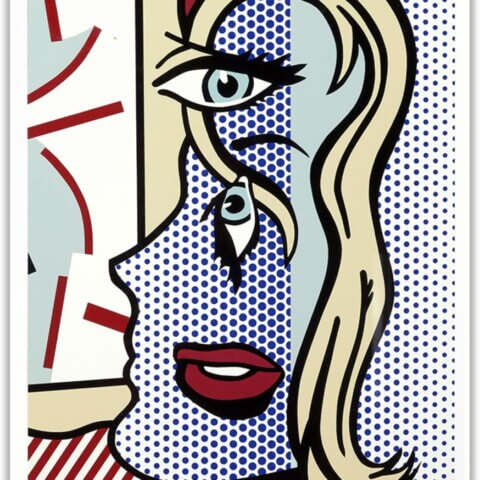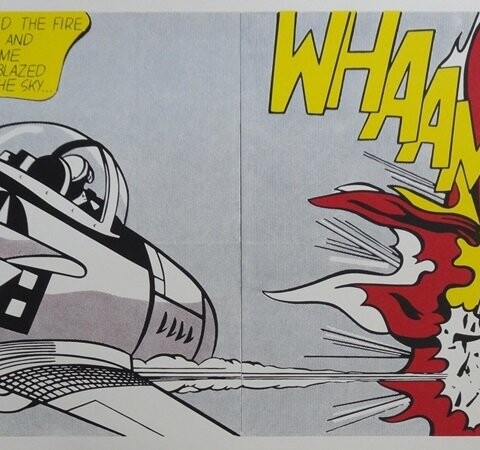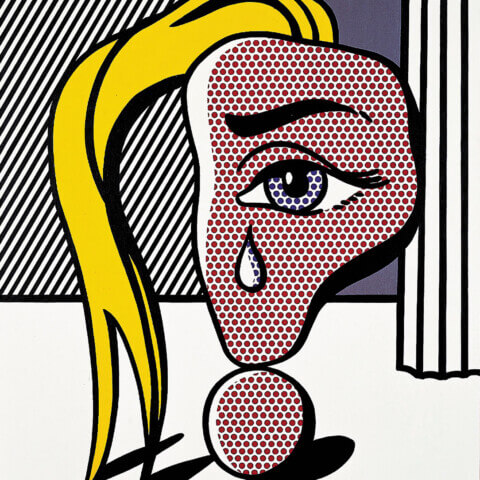Roy Lichtenstein

Roy Lichtenstein (October 27, 1923 – September 29, 1997) was an American pop artist who became a leading figure in the new art movement during the mid-20th century. Known for his comic strip-inspired paintings and sculptures, his work was heavily influenced by popular advertising and the comic book aesthetic.
Born in Manhattan, New York, Lichtenstein showed an early interest in art and design. He attended the Art Students League of New York and later the Ohio State University, where he received both a bachelor’s and master’s degree in fine arts. However, his education was interrupted by a three-year stint in the U.S. Army during World War II.
Following the war, Lichtenstein returned to Ohio State to complete his studies and began teaching there. He also started creating abstract expressionist paintings, but it wasn’t until the early 1960s that he would develop his signature style. He was inspired to use comic strip imagery after his son challenged him to paint something as good as the pictures in his comic books.
His breakthrough came in 1961 with the painting “Look Mickey,” marking his departure from abstract expressionism to pop art. Known for their bright and bold lines and dots, his works often parodied American popular culture. Lichtenstein’s comic-style technique, often referred to as Ben-Day dots, was named after the illustrator and printer Benjamin Day. This became a trademark of his work, mirroring the mechanical process used to produce commercial images and newspapers.
Lichtenstein became one of the leading figures in the pop art movement, alongside other artists such as Andy Warhol and Jasper Johns. His work was characterized by precise composition, tongue-in-cheek humor, and thoughtful commentary on the mundane or mass-produced objects of everyday life. His most famous works include “Drowning Girl,” “Whaam!,” and “Masterpiece.”
In the later stages of his career, Lichtenstein expanded his focus beyond comic imagery to include other forms of visual communication, such as advertising and reproductions of famous artworks.
Lichtenstein passed away in 1997, but his work continues to be celebrated and studied. He left an indelible mark on the art world and is considered a critical figure in understanding the evolution of contemporary art. His innovative style, unique vision, and commentary on popular culture made him one of the most influential artists of the 20th century.


